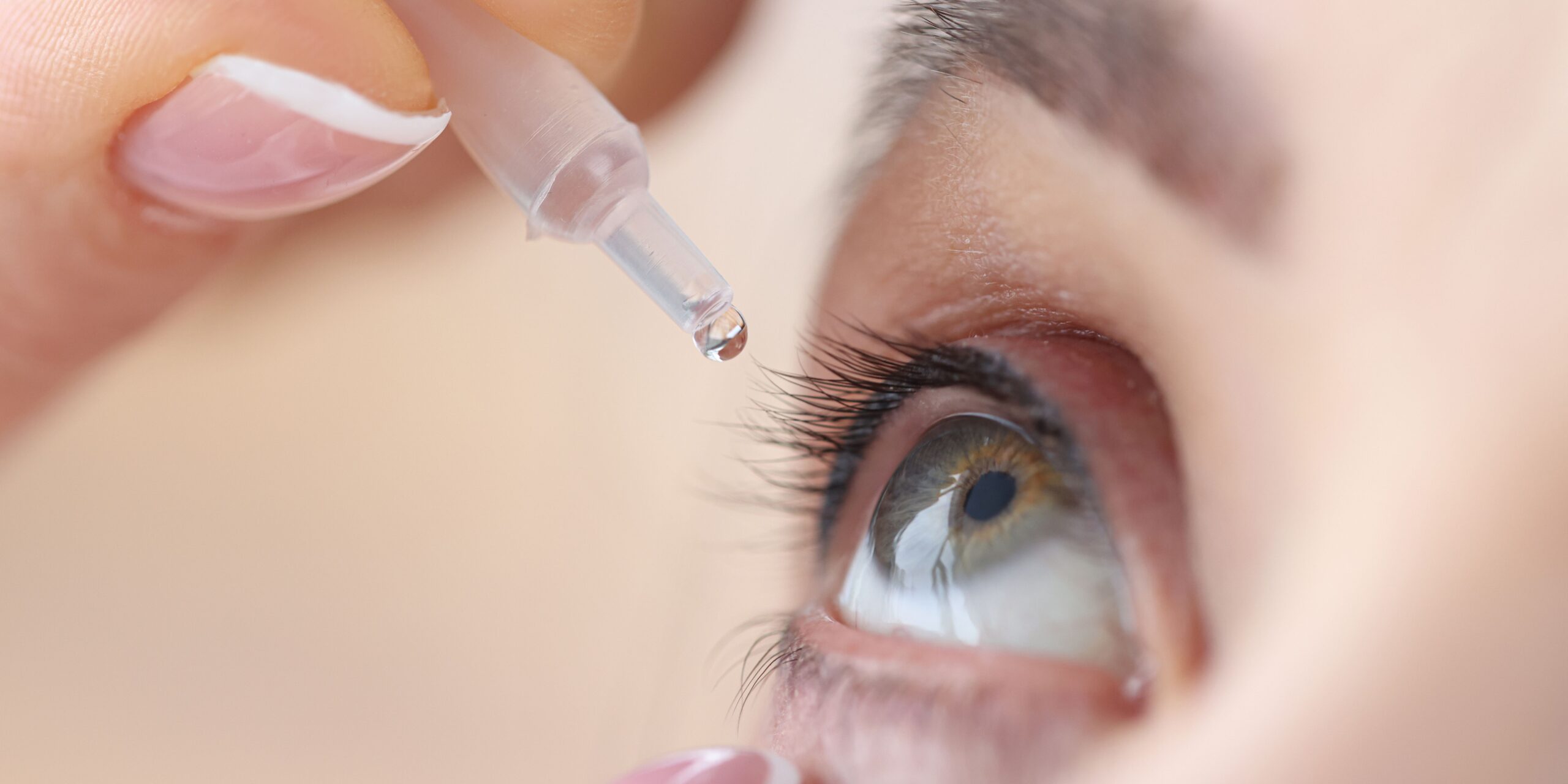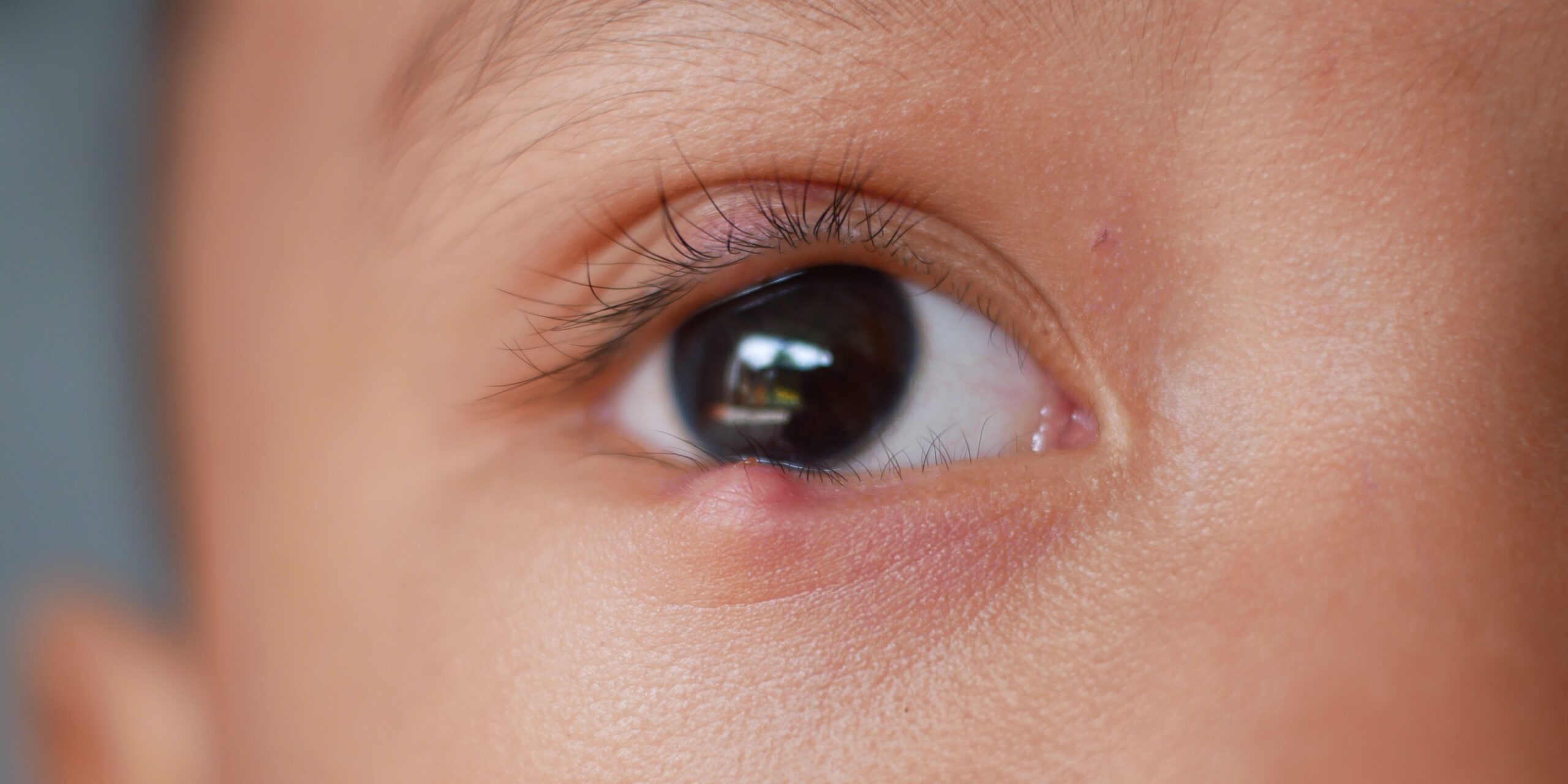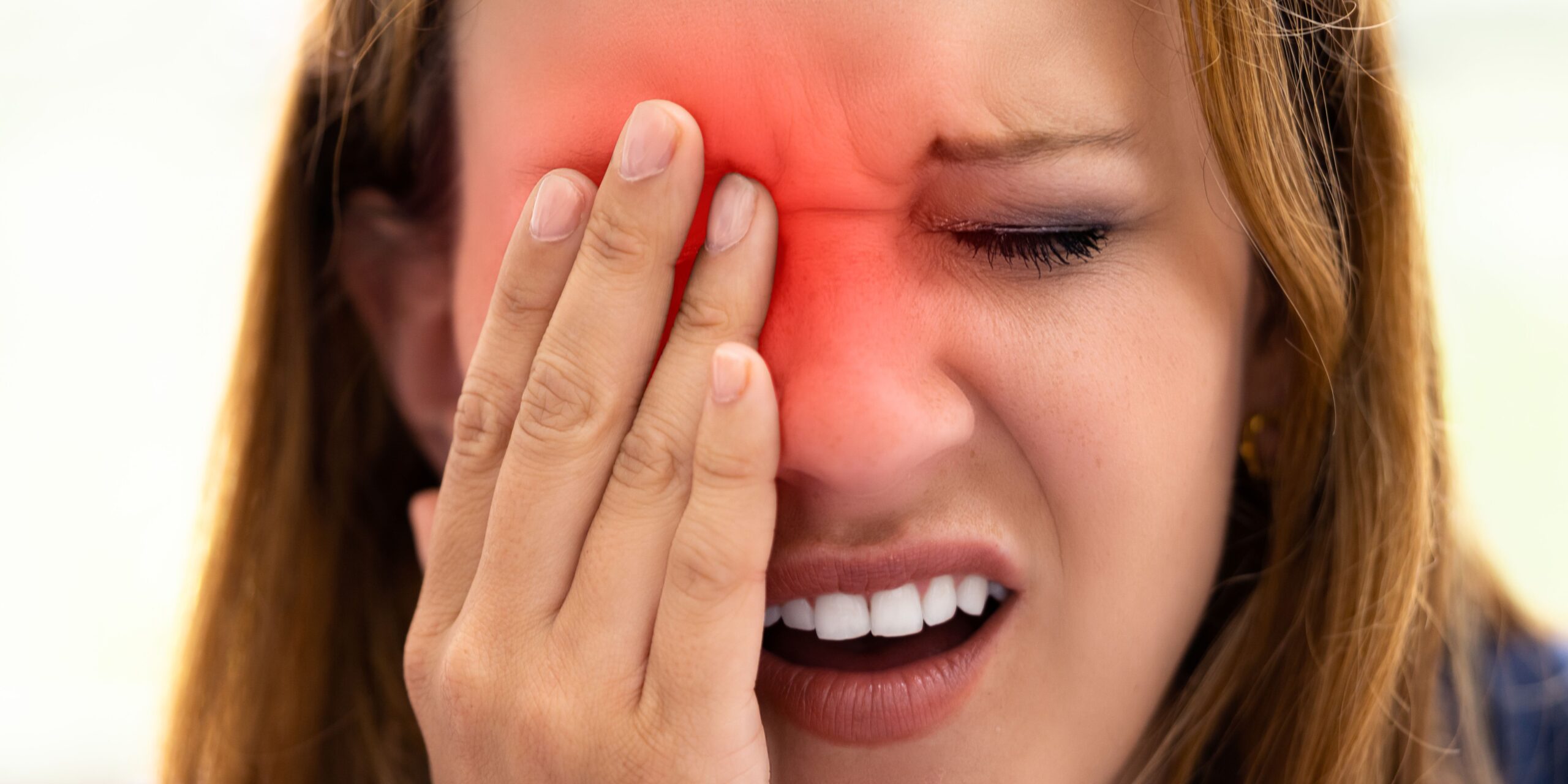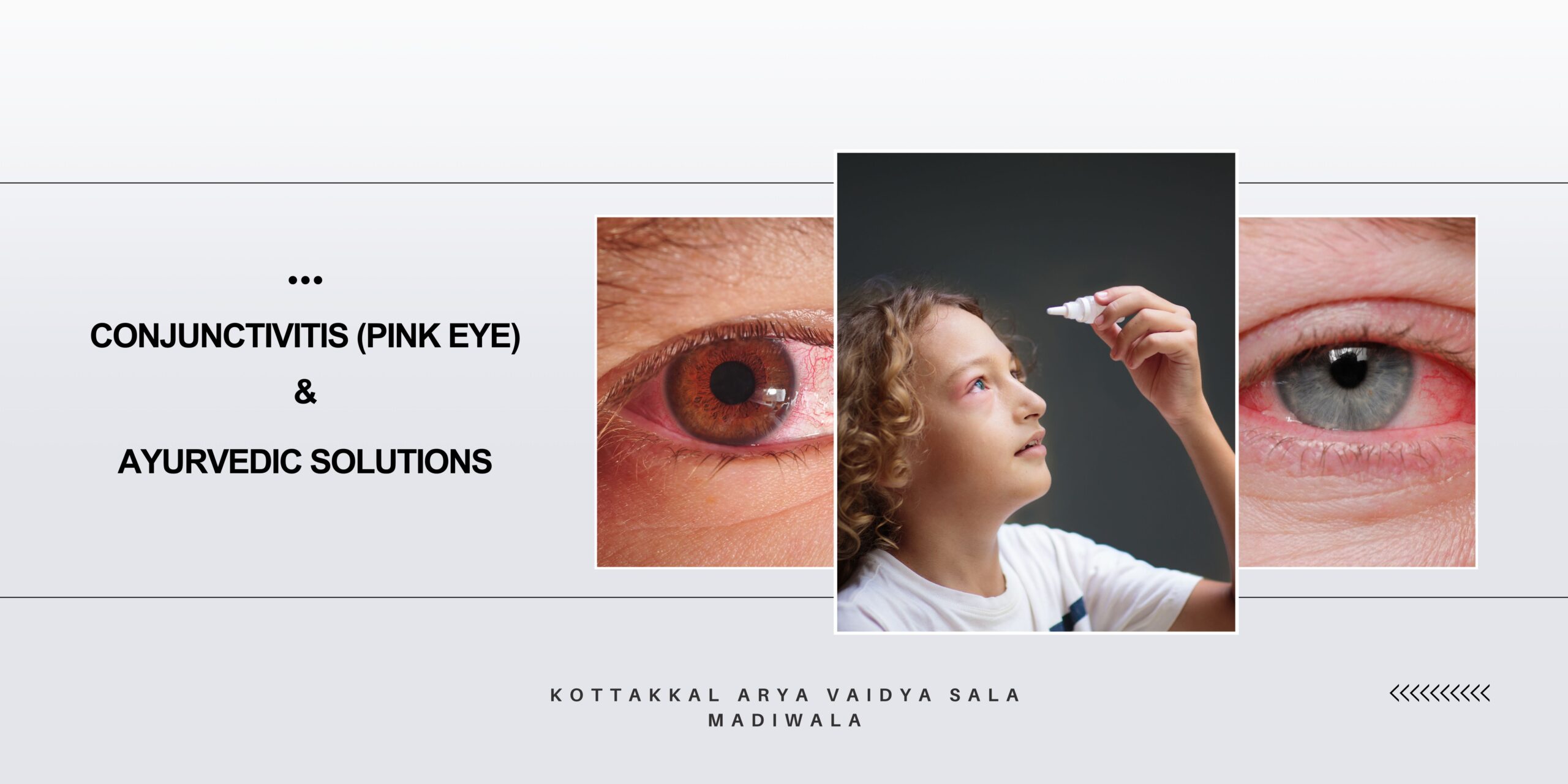Conjunctivitis is an eye disease that occurs due to infections and it causes prickling pain, swelling, production of excessive tears, and discharge of thick mucus or pus from the eyes. Conjunctivitis or pink eye is one of the most common diseases related to the eye, this disease affects men and women equally, however, conjunctivitis mostly affects children and predominantly affects people at an early age. Conjunctivitis affects every person once in their life.
What is conjunctivitis or Pink Eye?

Conjunctivitis also known as pink eyes is one of the most vulnerable and contagious eye diseases, this disease causes prickling pain in the eyes and swells the eye. Conjunctivitis can affect both the eye, however, in most cases, it has been seen that conjunctivitis mostly affects one eye. Conjunctivitis occurs through bacterial infection, viral infection, and allergic infection. Conjunctivitis can turn into a major problem as it slightly dims up the eyesight of a person. Thick mucus and excessive tears come out if the person is affected by conjunctivitis.
Types of conjunctivitis-

There are mainly three types of conjunctivitis that are mentioned below-
- Viral Conjunctivitis: Viral conjunctivitis mainly occurs due to respiratory infections including cold, flu etc. Viral conjunctivitis generally affects one eye and within a few days, it can affect another eye as well. In viral conjunctivitis, the eye discharges more tears than usual.
- Bacterial Conjunctivitis: Bacterial infection can occur due to various reasons one of the common reasons for bacterial conjunctivitis is an ear infection. Bacterial conjunctivitis releases thick mucus from the eyes and sticks to the eyelids in the morning while waking up.
- Allergic Conjunctivitis: Allergic conjunctivitis occurs due allergy, this category of conjunctivitis commonly affects both the eyes and paining, itching, irritation and burning are the common signs of allergic conjunctivitis,
What are the Causes And Symptoms of conjunctivitis?

There are a few major Causes And Symptoms of conjunctivitis mentioned below-
- In conjunctivitis, inflammation causes small blood vessels in the conjunctiva to become more prominent, resulting in a pinkish or reddish cast to your eyes. A virus, similar to the one that causes the common cold, usually causes it.
- Due to this reason, it is usual to have the symptoms of a cold before, during, and after a bout of conjunctivitis. However, there are instances of conjunctivitis that are bacterial and allergic in origin.
- A similar condition can result from an injury or if you rub your eyes too vigorously or it may also result from a foreign body in your eye.
- Allergic conjunctivitis is caused by an allergy to pollen, cosmetics, animal skin and hair, skin medicines, air pollution, smoke, or other substances. In all cases of conjunctivitis, the white part of the eye turns red and feels gritty. There may be a mild sensitivity to light and excessive tearing.
- There is often a yellowish discharge, which forms a crust overnight. Bacterial infection produces a marked pus-like discharge and crusting, whereas viral infection may cause only a slight discharge. Viral conjunctivitis, in contrast to bacterial, may have an associated swelling and tenderness of the lymph node in front of the ear on the affected side.
- In allergic conjunctivitis, there is usually a long-standing redness and itching of the white of the eye without any discharge all year round, but more severely in the pollen season. Your eyes may water, or make tears. You may have a running nose and you may sneeze a lot. Less commonly, there is a sudden white puffiness of the conjunctiva, usually during the pollen season that disappears after a few hours.
- With proper care, bacterial conjunctivitis will clear up in two to three days, viral conjunctivitis disappears on its own, usually within a week and allergic conjunctivitis takes one or two months to alleviate.
What are the complications of conjunctivitis?
Complications of conjunctivitis are mentioned below-
- White spots above the cornea
- Weaken eyesight
- Eye pain
- High and thick eye discharge
- Corneal ulceration
- Dry eye
- Chronic infection
Dos and Don’ts for conjunctivitis-

- Do not touch the eye area with your fingers. If you wish to wipe your eyes, use tissues or clean and fresh handkerchief.
- Avoid rubbing your eyes.
- With your eyes closed, apply a washcloth soaked in warm (not hot) water to the affected eye three to four times a day for at least five minutes at a time. (These soaks also help to dissolve the crusty residue of pinkeye).
- Alternately, you can also put a cold compress over your eyes for relief (use a wash-cloth or small towel soaked in cold water or wrapped around ice cubes.)
- Avoid wearing eye makeup until the infection has completely cleared up. (And never share makeup items and spectacles with others.)
- Do not cover or patch the eye. This can make the infection grow.
- Do not wear contact lenses while your eyes are infected.
- Wash your hands often and use your own towels. Pink eye is very contagious and can be spread from one person to another by contaminated fingers, washcloths, or towels. Clean all of the personal items daily with soap and water.
- Do not touch the infected eye because the infection will spread to the good eye.
- If you can identify the cause of allergic conjunctivitis, it may be possible to prevent its occurrence. Anyhow, avoid airborne pollens, dust, mould spore and animal dander, or direct contact with chlorinated water or cosmetics.
- Wear clothes only once before washing.
- Changes pillowcase each night.
Treatment and medicines as per Kottakkal Madiwala
Eyewash, internal administration of kashayam Arishtam, aschothanam, nethra dhara and virechanam are advised for the ayurvedic treatment for conjunctivitis according to the condition of the patient. At Kottakkal arya vaidya sala madiwala, the treatment regimen is decided after a complete diagnosis of the specific ailment and the physical conditions of the individual. Hence no two treatments of conjunctivitis will ever be the same as Ayurveda places equal importance for the individual constitution and the disease.
Home Remedies from Ayurveda for Conjuctivitis

As with many other ailments, Nature has packed remedies and relief in our everyday grains and our kitchen garden to heal our physical selves with no side-effects whatsoever. Here are two proven, effective home remedies to bring down the pain and infection from conjunctivitis.
- Take a handful of dried coriander and boil it in water. Strain the liquid with a strainer and let it cool. Wash the infected eye with this mixture. This remedy helps to relieve burning as well as decrease the pain & swelling.
- Take a handful of Tamarind leaves, dried Turmeric and boil them in water. Strain the liquid with a strainer and let it cool. Wash the infected eye with this mixture.
Please understand that these home remedies are for relief and alleviation from pain, which also helps in bringing down the infection rate. For wholesome healing, it would be advisable to consult the Ayurveda physician at the earliest.

